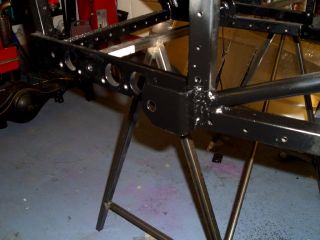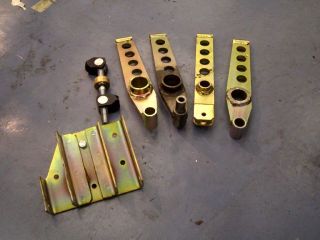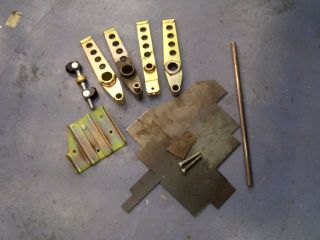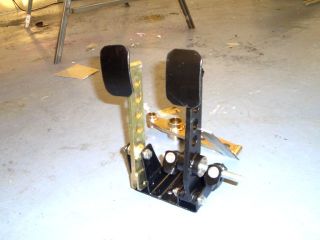Quite a lot of early February was taken up either skiing or doing the
rest of the ali panels. There are 19 major panels, excluding the top of the transmission tunnel (which I did later).
This is rather more than you'd usually find on a Fury chassis but I've decided to add a few extra panels. Two of
these are the panels round the outside of the engine bay - a lot of Furies don't have these panelled in, but I
can't see any good reason not to. If the ali panels do add stiffness to the overall structure (debatable, but they
might help a bit) then the engine bay may as well have the benefit of this.
Also, I've double panelled the parts of the chassis running alongside the driver's legs and the passenger's legs
(given a hypothetical passenger) on the outside of the chassis, as well as the rear bulkhead. Again, this is on
the possibly misplaced assumption that they'll help stiffen up the chassis (and, indeed, that this will make any
sort of difference).
However, there's only so much you can say about panelling a chassis and only so many photos you can take of ali
panels held onto the chassis with cleckos, so I'll spare you that and get straight onto some cutting and welding
instead. |





